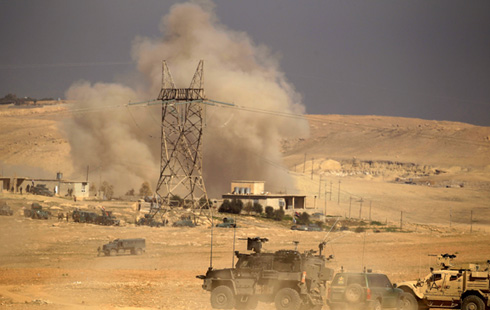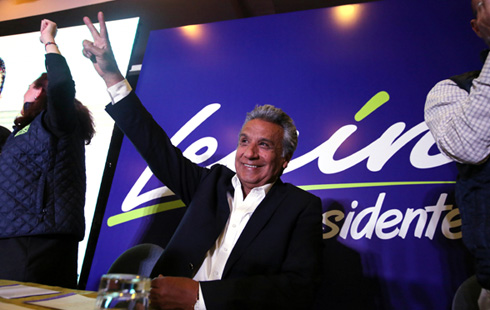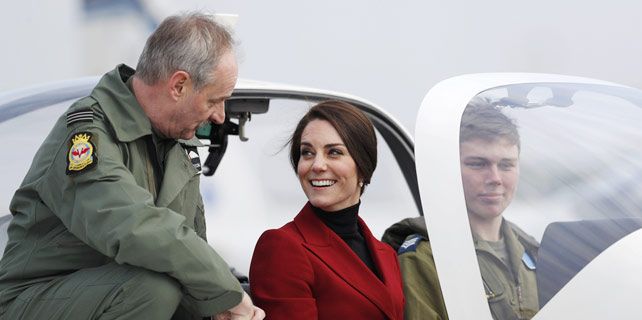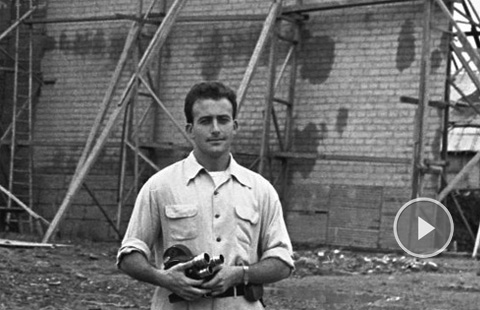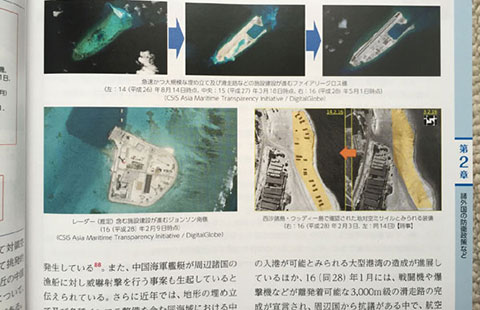SpaceX successfully launches ISS resupply mission, rocket lands on ground
According to NASA, major experiments that will look into a range of scientific disciplines from human health to atmospheric conditions on Earth are on their way to the International Space Station. The supplies and payloads, including critical materials to directly support dozens of more than 250 science and research investigations that will occur during Expeditions 50 and 51.
The research and hardware sent to the station represents the work of about 800 scientists around the world, according to NASA officials. Among the investigations are experiments with potential to help fight human disease, monitor climate data, and improve autonomous spacecraft docking with the orbiting laboratory.
"It was really awesome to see 39A roar back to life for the first time since the shuttle era, and it was extremely special that this first launch off 39A was a Dragon mission for NASA headed to the space station," Jessica Jensen, Dragon mission manager for SpaceX, said in a post-launch news conference.
This is the beginning of what SpaceX hopes will be a busy period for the historic launch pad. The company is hoping to launch from Pad 39A again in about "two weeks", Jensen said.
The pad has been configured to accommodate the flight of the the company's Falcon Heavy launches, as well as the first reflight of a previously used first-stage booster, which is scheduled for March.
The liftoff was originally scheduled for Saturday, but SpaceX called that attempt off in a last minite to investigate an issue with the upper stage of its Falcon 9 rocket.
According to NASA, the launch attempt has been scrubbed because of the "thrust vector control system issue" that developed late in Saturday's countdown.
SpaceX determined that the potential issue was with one of two thrust vector control actuators, which help steer the second-stage engine nozzle through flight, and replaced the actuator Saturday night and then ran tests on the pad before launch, according to Jensen.
This is the first SpaceX launch from Florida since a Falcon 9 exploded on the launch pad at Cape Canaveral Air Force Station on September 1, 2016. The accident during prelaunch testing heavily damaged that pad. SpaceX turned to the LC-39A.
SpaceX did launch a rocket from Vandenberg Air Force Base in California on January 14, 2017, but this will the first from the Cape since the blast.





